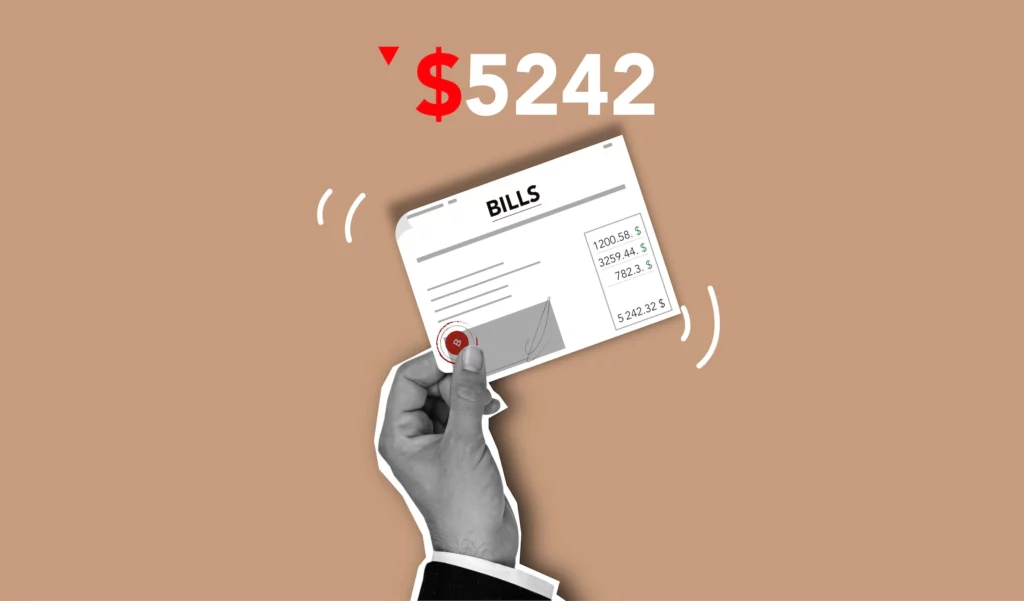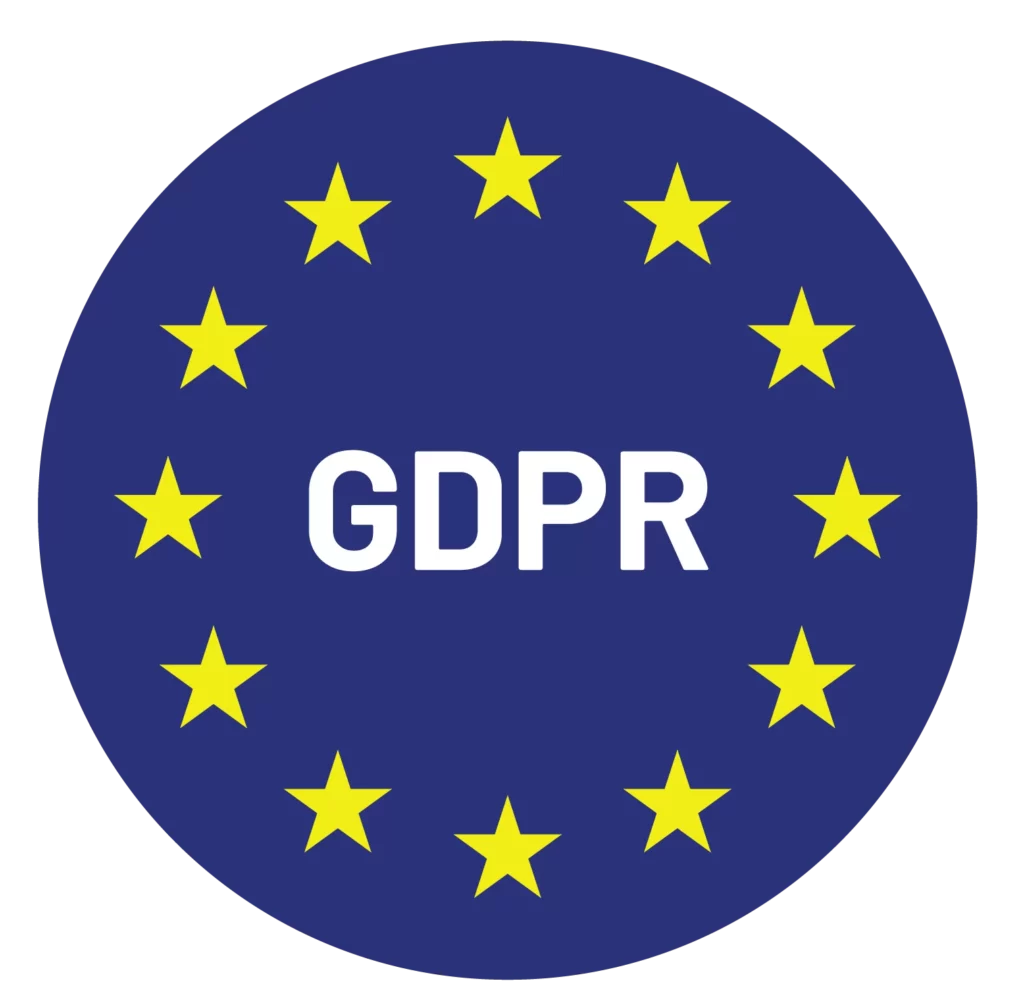The International Coaching Federation (ICF), the leading global organization for coaches and coaching, defines coaching as a mutual partnership between the coach and client. A process that helps maximize the client’s potential, productivity and leadership that eventually helps fulfil personal as well as professional goals.
The word ‘process’ means that coaching is not a spontaneous activity but a consciously planned endeavour that is designed taking into account the client’s requirements & challenges to help them achieve their final goals.
Coaching plans help the coach guide their clients in a systematic manner to help them identify & overcome their challenges, unlock their true potential, take action steps to implement necessary change and achieve their objectives.
Read on to know more about coaching plans, their purpose, how to develop one and a coaching plan example that gives a true picture of how a coaching plan works…
What are coaching plans?
Coaching plans are detailed strategies that help coaches guide their clients to go from where they are to where they want to be in the near future. It is a detailed blueprint of how a coach and client will work together to establish goals (short and long term), identify obstacles, work out feasible solutions, and implement action steps to reach the intended target.
Coaching plans help the coach motivate their client, strengthen & upgrade their skills, zero in on areas that can be improved on, provide encouragement to face challenges and offer constructive feedback to improve performance.
What is the main purpose of having coaching plans?
For the coach, coaching plans are a tool not just to work collaboratively with their clients but also a means to track their progress, offer feedback based on real time assessments, encourage clients to restructure their approach in case of slip-ups to keep them on the desired path to achieving their goals.
For the client, coaching plans are an opportunity to strengthen their relationship with their coach, get honest feedback about where they are in the coaching process, the aspects that have progressed visibly and the areas that need improvement, a chance to self-reflect, retune personal & career goals as well as take tangible steps to attain those purposes.
The main features of a general coaching plan for clients
Coaching plans are fluid, designed to suit varied clients and their requirements. The initial information that goes in a coaching plan will differ based on the coach’s niche and their client. But there are some broad outlines that are common to all coaching plans.
1. Essential information
The first step is to acquire basic data about the client, their demographics, history and contact information. It will also include details about the coach and their credentials.
2. Coaching agreement
The coaching plan will include a signed agreement with the terms and conditions of coaching agreed upon by both parties. Number of sessions, frequency, duration, mode of communication & coaching – virtual, in person or hybrid.
3. Establishing goals
The final intent of the coaching process is to help the client achieve their desired targets. For that to happen, establishing short term as well as long term goals (that are feasible) is essential to the success of the coaching process. While establishing goals, it is also necessary to gauge what outcome the client expects from the coaching process.
4. Developing a coaching action plan
Just having goals in place is not enough, there has to be a solid coaching development plan to back it up so that the client can take exact steps to reach those objectives. An action plan/ coaching development plan should outline
- the overall vision and goal – what the client wants to truly achieve via the coaching process and the areas of priority that they need help with
- the assets – the resources, skillsets and strengths that the client possesses to help them in their journey of self-development and their effort to attain their aims
- the obstacles – roadblocks that impede the client’s progress in their effort to achieve their stated goals
Once an action plan is in place, it should be discussed, reviewed and documented every coaching session. Conversations should be centred around the action steps that the client will take that week, possible roadblocks that may be encountered, options to overcome those deterrents, date for target completion as well as assessing the client’s commitment to the given tasks.
5. Tracking & results
One of the main benefits of a coaching development plan is that it lets the coach track the client’s progress regularly, provide feedback and suggest revisions where required to help the client stay committed to their tasks.
Similarly, it also provides an opportunity to the client to contemplate where they are in the coaching process and if they are on the desired path, whether they can see any tangible changes, if not, then the changes that need to be made, and so on.
How to develop specific coaching plans for leaders and teams
As stated above, most coaching plans have common outlines. But once the general details are in place, the next step is to customize the coaching plan as per the coaching niche and the client requirement.
a. Coaching plan for leaders
Leadership coaching plans or executive coaching plans help business leaders with all-round professional growth and career development. It helps them prepare an outline on how to further advance their leadership roles, assess their strengths & limitations, upgrade skillsets where necessary as well as envision and prepare themselves better for future challenges.
- Understand strong points and weaknesses
The first step is to create an understanding of the leader’s strengths (for ex. The ability to inspire team members, manoeuvre complex business negotiations, outstanding ability to network & close high-end deals etc.) and not so strong areas (problems with delegating, struggling to grasp newer technologies, etc.)
The weaker areas in the list can act as a great starting point on which to develop the executive coaching plan as those are parts of their professional life that need working upon to ensure career advancement.
- Establish goals, vision & mission
Once the list of strengths and weaknesses is prepared, the next step is to identify a few goals based on that list. For example, if delegation of responsibilities is a roadblock for the leader, then the coaching plan can be developed in a manner that can tackle that specific problem. For instance, prioritizing own responsibilities, accepting the need for delegation, having proper checks and controls in place to ensure task completion, choosing the right person, among others. What’s important is that the goals should be driven and ideated by the client, to ensure motivation and accountability.
Brainstorming on pertinent questions (‘why do I want to improve my leadership skills?’, how can I achieve that?’, ‘will my improved leadership qualities deliver better outcome to the team & organization?’) can provide insights into the purpose and professional objectives of the leader and help fine tune the vision and mission for the leadership coaching plan.
- Set a timeline for achieving each target
Once the goals are in place (short or long term) breaking them down to manageable targets can help with clarity and ease the pressure of doing a whole lot at one go. Also, setting a definitive timeline in which those tasks should be completed will provide motivation and ensure commitment to the process.
For instance, if the target is to become proficient in a new technology, then set a timeframe in which to achieve it. Register for a 3-month or 6-month course that can help fulfil that particular objective. Another way to go about this is to set SMART (Specific, Measurable, Achievable, Realistic & Timely) goals.
- Regular tracking and evaluation of progress
Once the goals and the time frame to achieve them are in place, now the essential part is real time monitoring of developments and assessing how (and if) the leader is advancing in terms of fulfilling their stated goals. Regular self-evaluation allows the leader and coach to tweak the leadership coaching plan (if required), make changes to the timelines, adapt different strategies and approaches to achieve targets.
- Make adjustments where needed
Leadership development is a continuous process. Every day will bring new challenges and rewards. In order to be prepared to face both the bouquets and the brickbats, the leader needs to be ready for constant learning, open minded to suggestions from team members & subordinates and flexible enough to make changes if it brings about positive results.
b. Coaching plan for employees or a team
We’ve already covered how to develop a coaching plan for business leaders. Developing a coaching plan for employees or team members will include the general outlines but with a specific angle focused on motivating team members to give their best efforts, encouraging a culture of team bonding, gaining clarity on their exact role in the organization based on their positives & negatives, inspiring novel ideation & strategizing, and improving relations between leaders and teams.
- Focus on strengths, find areas of improvement
Right at the outset, help assess the strong areas of each team member (strong work ethic, team player etc.) and the responsibilities that they are adept at (problem solving, organizational & planning skills etc.). This is also a good time to assess the strengths of the team as a whole.
Along with appraising their strong points, help them spot areas that need improvements at the individual level as well as the team level. This will help them develop confidence in their abilities as a team while encouraging them to commit themselves to improving their weaker attributes.
- Determine roadblocks to progress & work out solutions
Once the areas that need to be improved are identified, help them identify the barriers holding them back from performing to their potential. It can be anything from lack of knowledge of certain technologies, insufficient time to upgrade their skills, no clarity on their exact role, personality conflicts between team members, miscommunication, trust issues, perceived lack of confidence in their abilities from the senior management and many more.
Once these specific challenges are evaluated, ask each team member how they see a way forward and encourage them to find a solution as a whole. Assure them that you are always available to support them in this process.
- Establish short term & long-term goals
Once the obstacles have been overcome (or at least reasonably addressed), help the team set out short term (and long term) goals based on the areas that needed improving. This could be for the team as a whole, trickled down to goals for each team member. For instance, if the team is struggling with conflict, each team member could have communication-related goals.
- Develop an action plan
As mentioned earlier, having a goal is not enough, there should be actionable intent to achieve that target. For instance, if improving communication skills is a stated goal, then the action plan should list the steps that the member will take to accomplish it. Such as, determining how the team member will improve on their interpersonal and communication skills within the team setting. Also, set a feasible timeline (a 3-month course that improves professional communication) in which to achieve it.
- Schedule regular monitoring
To ensure that the coaching development plan is working as desired, there should be regular monitoring of the same to assess progress and also to find out if new obstacles have cropped that need addressing. Providing valuable feedback during these sessions provide much needed motivation and encouragement to each team member as well as the team as a whole.
- Ask the team member to self-evaluate
Feedback from the coach and their seniors is necessary for the coaching process to continue smoothly but so is self-evaluation from each team member being coached. It helps them assess their own position, compare where they see themselves versus feedback from coach & superiors, gauge their strengths and upgrade them as well as understand areas that need improvement and take steps for the same. Especially in a team setting, peer feedback plays an important role too.
Coaching plan example
a. For Leaders
Personal Analysis Results
| Strengths | Weeknesses | Opportunities | Threats |
|---|---|---|---|
| Communication | Inability to formulate directions for company employees | Develop skills in formulating directions for subordinates | Inability to achieve work-life balance |
| Self Confidence | Difficulty strategizing | Become more effective in strategy and planning | Potential bias and subjectivity during success assessment |
| Responsibility | |||
| flexibility |
Coaching Development Plan
| Objective | Action | Success measure | Target Date |
|---|---|---|---|
| To further develop skills in formulating directions for subordinate | Plan task delegation to subordinates during meetings | Complete assessment survey with subordinates as stakeholders | 31 October 2022 |
| Set a vision for the company and realize the vision through achievable objectives | Communicate the company’s strategic vision and objectives to subordinates | Conduct a survey among team members to asses clarity of vision and objectives | 31 December 2022 |
| Widen understanding of leadership | Observe and learn from experienced leaders by attending their meetings | Application of new learnings within the team and among subordinates. Feedback from team members | 31 December 2022 |
b. For team members
Employee name: Aryana D
Employee designation: Content Lead
Date: 1/10/2022
Strengths: Aryana is competent at creating well-written SEO compliant content and ideating new communication ideas for the company
Areas of improvement: Aryana needs to improve her leadership skills and inspire team members to also perform at their peak
Obstacles in the way of improvement: Difficulty delegating, lack of team building skills
Solutions suggested: Aryana should focus on any required training her team might need to complete tasks to her satisfaction, and make a concentrated effort to delegate tasks as well as set herself tasks she needs to focus on for the company.
Goal to achieve: Increase the conversion rates of the website’s blog page by 10% in the next six months
Action items: Get reports from the team on previously best performing blog posts and create a monthly strategy | Have X number of blog posts written by the team per week and edit them | Hold any necessary writing/SEO workshops that may be required for training the team | Create a metric tracking system to monitor monthly success of blog posts
Date of next goal progress meeting: 15/10/2022
Reference courtesy: indeed
FAQs
1. What are the key elements of a coaching plan?
The key elements of a coaching plan include the coach-client agreement, identifying problem areas, goal setting, developing a coaching action plan, tracking & monitoring and measuring results.
2. How long does it take to create a coaching development plan?
Since the framework for a coaching development plan is the same across each client, the time taken to create a plan comes down to how well you understand the client’s requirement, the completion of the legalities and formalities of a new engagement, and so on.
3. How much should one deviate from the coaching plan?
A coaching plan should always be personalised and fluid, but deviations aren’t necessary – any time you/the client faces a new challenge or sees a new development, go back to the plan and make changes or “course correct”, instead of deviating completely.
About Simply.Coach
Simply.Coach is an enterprise-grade coaching software designed to be used by individual coaches and coaching businesses. Trusted by ICF-accredited and EMCC-credentialed coaches worldwide, Simply.Coach is on a mission to elevate the experience and process of coaching with technology-led tools and solutions.
Read More:
3 Leadership Coaching Books to Help You Get Better at Your Craft
The Leadership Coaching Process and Framework – A Guide
Democratisation of Coaching: What It Means for External Coaches
Differences (and Similarities) Between Executive and Leadership Coaching

Writer
An avid reader with love for books on history, sci-fi and popular fiction, Pallavi is a gifted content writer. She is also a keen listener of Indian semi & classical music. Currently, she juggles her duties of being a full-time mom with part-time content writing.









